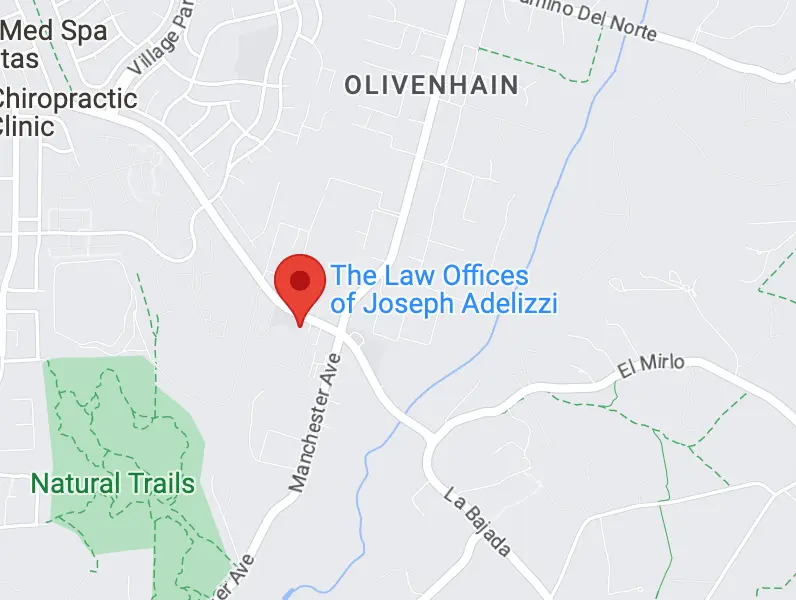What Does Medicare Plan G Cover?
Medicare Plan G is a Medigap supplement plan that has lower premiums than Medigap (Plan F), in exchange for a small annual deductible. Plan F has no deductible. With Plan G, you get the same benefits as you would with the “Cadillac” version of Medicare, Plan F, but at a more affordable price. Let’s take a closer look to answer the question What does Medicare Plan G cover?
Let’s say you do not want to get hit with a mountain of healthcare bills after a medical crisis. Millions of Americans have lost their life savings and declared “medical bankruptcy” because of astronomical out-of-pocket costs, even though they have Medicare Parts A and B, also called “original Medicare.” A stroke, heart attack, or car crash could cause devastating consequences.
In response to this problem, private insurance companies created Medigap coverage (Plan F), which pays your out-of-pocket costs, like copays and deductibles, when you receive healthcare services that Medicare covers. The problem with Plan F is the premiums are quite expensive, such that many people cannot afford this excellent coverage.
The Difference Between Plan F and Plan G
The only thing that Plan G does not cover that Plan F (Medigap) pays, is the Medicare Part B (outpatient services) deductible. Since that deductible is only $185 in 2019, many people choose Plan G coverage. Because the premiums for Plan G policies tend to be much less expensive than with Plan F, people tend to save hundreds of dollars with Plan G, even if they have to pay a deductible.
The Part B deductible can change from one year to the next, but so do the premiums for Plans F and G. Premiums tend to keep pace with the risk of loss for the insurance company. You will likely continue to save money on premiums by choosing Plan G instead of Plan F, even factoring in the deductible, but you should do the math every year to make sure.
What Plan G Covers
Other than the Plan B deductible, Plan G pays everything that Plan F covers, including:
- Coinsurance and hospital bills for Medicare Part A (inpatient services and hospitalization), at 20 percent of the total expense
- Up to 365 more days of Part A coverage than “original” Medical provides
- Coinsurance for Medicare Part B, at 20 percent
- Blood transfusions, up to three units
- Part A coinsurance or copay for hospice care
- Coinsurance for skilled nursing facility
- Deductible for Part A
- Part B “excess charges.” Some doctors charge their patients 15 percent over what Medicare pays. If you choose one of these physicians, you will have to pay this expense out of pocket, unless you have Plan F or G.
- The cost of travel from a foreign country to the United States, if you have a medical emergency.
Please note that, like Plan F, Plan G only covers Medicare-approved expenses. If you incur bills for services or items, that original Medicare does not help to pay, you will have to shoulder these costs yourself.
Original Medicare (Medicare Parts A and B) does not pay for things like routine eye exams, eyeglasses, routine dental care, dentures, routine hearing exams, hearing aids, prescription drugs (Medicare Part D can cover these), homeopathic treatments like acupuncture and acupressure and several other types of health-related goods and services. Read a policy carefully to know exactly what it covers, before you get locked into the plan for a year.
Every state makes its own regulations. Be sure to talk with an elder law attorney near you to find out how your state might differ from the general law of this article.
References:
Boomer Benefits. “Medicare Plan G – Part G” (accessed October 24, 2019) https://boomerbenefits.com/medicare-supplemental-insurance/medicare-supplement-plans/medicare-plan-g/
Suggested Key Terms: Medicare Plan G, what does Medicare Plan G cover, comparing Medicare Plans F and G



